🌲How Might we Learn and Experience the Creative Process While Developing our Creativity, Curiosity and Courage?🌲
🌲Hello and welcome back to the forest of learning! In today’s post, I will be reflecting on my second year of Destination Imagination! I can’t believe It’s already been a year since I experienced this for the first time in grade 8. If you would like to read about my experience last year, I encourage you to read my previous post about DI 2021! For this year’s DI 2022, it was significantly different. Last year, each team had to create a video and this year, well, let’s just say this year was a lot more than just a video. Anyways, if you would like to learn about my experience, just keep reading!🌲

So, just a short reminder for those who don’t really know much about this province-wide competition, Destination Imagination is a hands-on, project-based educational experience that encourages creativity, collaboration, communication and critical thinking skills. Within the competition, you work with a group of about 4-6 people to plan and create a creative performance that is made to present a solution to your challenge. There are many categories however this year in PLP we participated in either Technical, Fine Arts, Scientific, or Improvisational. In addition to our performance, we must also participate in an “Instant Challenge”. Instant Challenges are performance-based, task-based, or a combination of the two. Although each Instant Challenge has different requirements, all Instant Challenges reward teams for their teamwork. Instant Challenges are kept confidential until it is time for teams to solve them so it is completely on the spot and usually takes around 5-10 minutes.
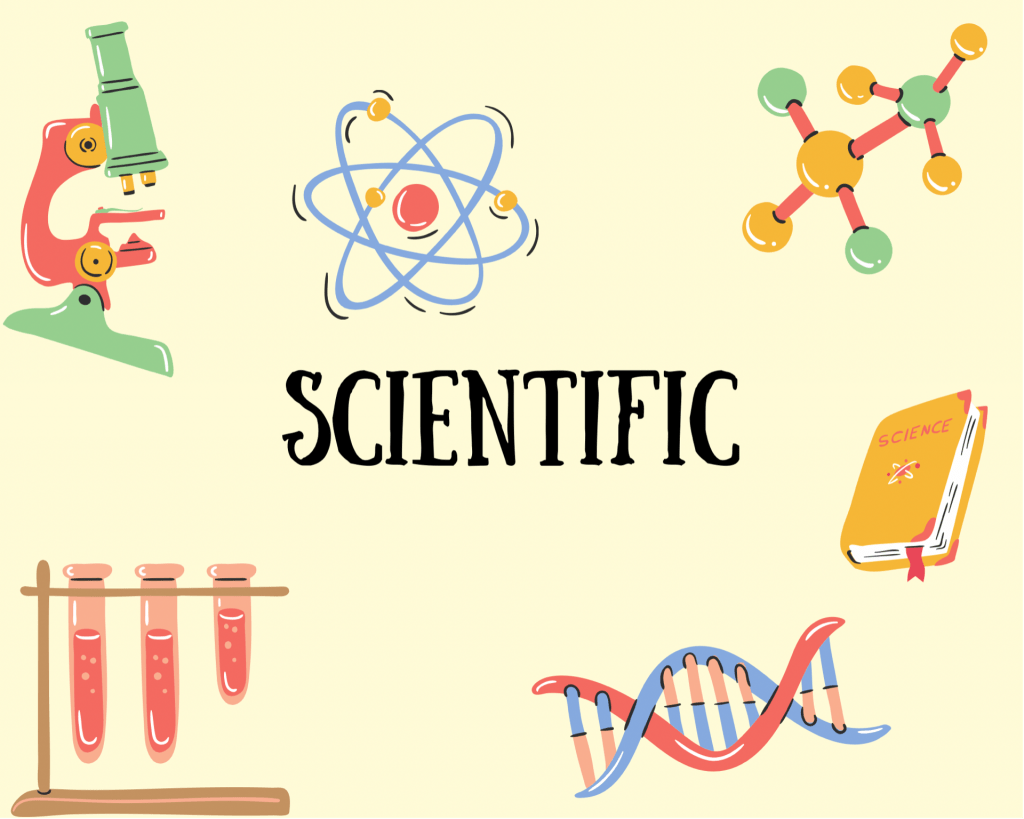
Just like last year, I was put into the Scientific challenge. Within our PLP 9 cohort, there were 8 teams in total. I was lucky enough to be able work with four lovely humans this year: Ava, Ariane, Julian, and Theryn. I find that teammates heavily affect your overall experience in DI, and I am grateful to have been able to be a part of a team that allowed me to not have to worry too much about one another. After our trip to Loon Lake in February, I feel like our team was really able to bond. I was already close friends with Ariane and Ava, but, I am happy that I was able to learn about Theryn’s passion for creating things and Julian’s passion for music and swordplay- I have to say, that, as team we bonded really well and I am happy that I was able to get to know these awesome people a bit better. I really enjoyed working alongside my team and I am overall really proud of how we did this year.

Also, just like last year, we used basecamp as a space for our team to communicate, schedule meetings, assign tasks, collect resources, and a lot more!

So, enough with the intro stuff, let’s get into it! —Haha, just kidding- there’s more! Sorry for the extensiveness of this, I swear I will get into our process and solution soon, but, first we need to get into what exactly the challenge is. So, if you are unaware of what the “Up Close” Scientific challenge is and would like to read the full PDF of rules requirements, by all means, go right ahead! But, just incase you aren’t interested in looking through 15 pages, here is a summary of what the Scientific challenge this year was:
Now that you know about the challenge, let’s get into the process! Our first order of business after receiving the news of who our teammates were and which challenge we were doing, it was time to choose our team name! Ariane, Ava, Julian, Theryn and I decided on the name “Up Close and Personal”!

Our Process!

In order to “recognize” and have a deep understanding of our Challenge as a team, we ensured that everyone on the team was individually studying the Challenge rules in a way that would allow us to all be on the same page about the requirements. Each of us downloaded the challenge information document in order to annotate and take notes while reading it. Throughout this process, we made sure to check in with one another and ask questions to make sure that we were confident with the requirements of the Challenge. If, as a team, we identified an area that may pose as a problem in the future, we discussed it and recorded the potential problematic points in a document that we would refer to while creating our solution. Overall, this process allowed our team to be confident with the requirements of our Challenge and contributed heavily into the efficient process of forming our solution.

I was definitely not procrastinating with the doodles.. don’t question it

While in our “Brainstorming” phase of the challenge, our team valued creativity, inclusivity, and uniqueness. When imagining our solution, we worked both independently and together to form ideas that everyone was happy with. At first, when forming our ideas, we never stopped to judge, discuss, or question. We just let the imagination flow and only thought about them critically after we had an abundance of ideas. We made sure to organize them in a shared document that would allow us to build off of one another’s ideas to solve different points in the challenge. This process allowed us to have a vast amount unique ideas from our team members which we later discussed and narrowed down as a team. At first, it was a bit difficult to find a way to connect different concepts together, but in the end, we made sure that everyone on the team heavily contributed to at least one main point of our challenge and it allowed us to each feel included in our solution.

One of our biggest strengths as a team is our ability to work well with one another. Throughout the process of forming our solution, we ensured everyone contributed to our discussions and was comfortable with voicing opinions to each other. This allowed us to problem solve effectively and collaborate well throughout every point in the challenge. In order to go above and beyond in our solution, we made sure to embrace the individual strengths of our team members so that we could be proud of not only the finished product, but the way that we got there. Each of us supported and helped one another by contributing our own unique skills in every component of the challenge. As a team, we made sure to challenge ourselves through aiming to achieve our ambitious goals collectively. Collaborating allowed us to go above and beyond as we committed to our solution.
Throughout the process of forming our solution, we made an effort to check in with one another in each point of the challenge. These check-ins were sometimes through verbal discussions, Zoom calls, shared documents, or even just through text messages. These sessions allowed us to be on the same page throughout the creation of our solution. This allowed everyone to know what we needed to complete, which part we needed to generate ideas for, identifying potential problems, how everyone was feeling as to how the challenge was going so far, what materials we may need to build something, etc. It allowed everyone to assess our progress and growth as a team and as individuals so that we were confident with what to expect and what we had created at each point. These sessions were valuable to us as we were able to reflect and analyze our progress towards forming our solution as a team.

So, after all of this, what exactly did we have in our overall solution?
If you’re interested in reading about each component of our challenge, click each of the boxes to learn more!
And, finally, here is a video of our live performance!
In our performance, many things went well, and, some things didn’t. Either way, we still were able to learn a lot from this regardless of how we did. At the end of the day, how we do in our performance does not really matter. What matters is that we put a lot of effort into it, and that this experience allowed us to learn and grow so much. On April 10th, we will find out if we placed.. so, that is exciting! And, I will update this post soon. But, no matter what happens, I know that I will be happy with what we did.
Edit: So, today is the day! As I am writing this edit, it is April 10th, and I have just watched the results. Our team ended up winning first place 🥇 in our overall challenge! Congratulations to my fellow team members, you all are truly awesome people and we worked hard and truly did deserve this win. To be honest, I really didn’t care too much what we placed, but I must say, it feels pretty cool to win.
After our tournament, our team created this chart that represents what we did well as well as what we could have improved on in our performance:

Here are some photos from DI this year!
This video includes some highlights from DI 2022 !
🌲 Overall, I really enjoyed DI this year. I am proud of what I did, especially since recently I have found that my life has been a little bit more hectic than usual and my mental state has taken a tole because of that. I am really proud that I was able to put effort into DI without burning myself out completely and I am extremely lucky to have been able to work with my lovely teammates and experience my first ever in-person DI tournament with them. I learned to appreciate my team members as people and grow alongside them. I know I did not perform my best this year, but, I also know that I tried hard, and, for me, that is a huge win in my book. So, How might we learn and experience the creative process while developing our creativity, curiosity and courage? Well, we can participate in DI of course! DI 2022 was truly an amazing learning experience, and I was so impressed with everyone’s performances. DI was by no means easy, and the final product was not perfect, but I am still so proud of all that my DI team was able to accomplish this year. As always, I hope you enjoyed watching me grow in the forest of 🌲
🌲learning🌲














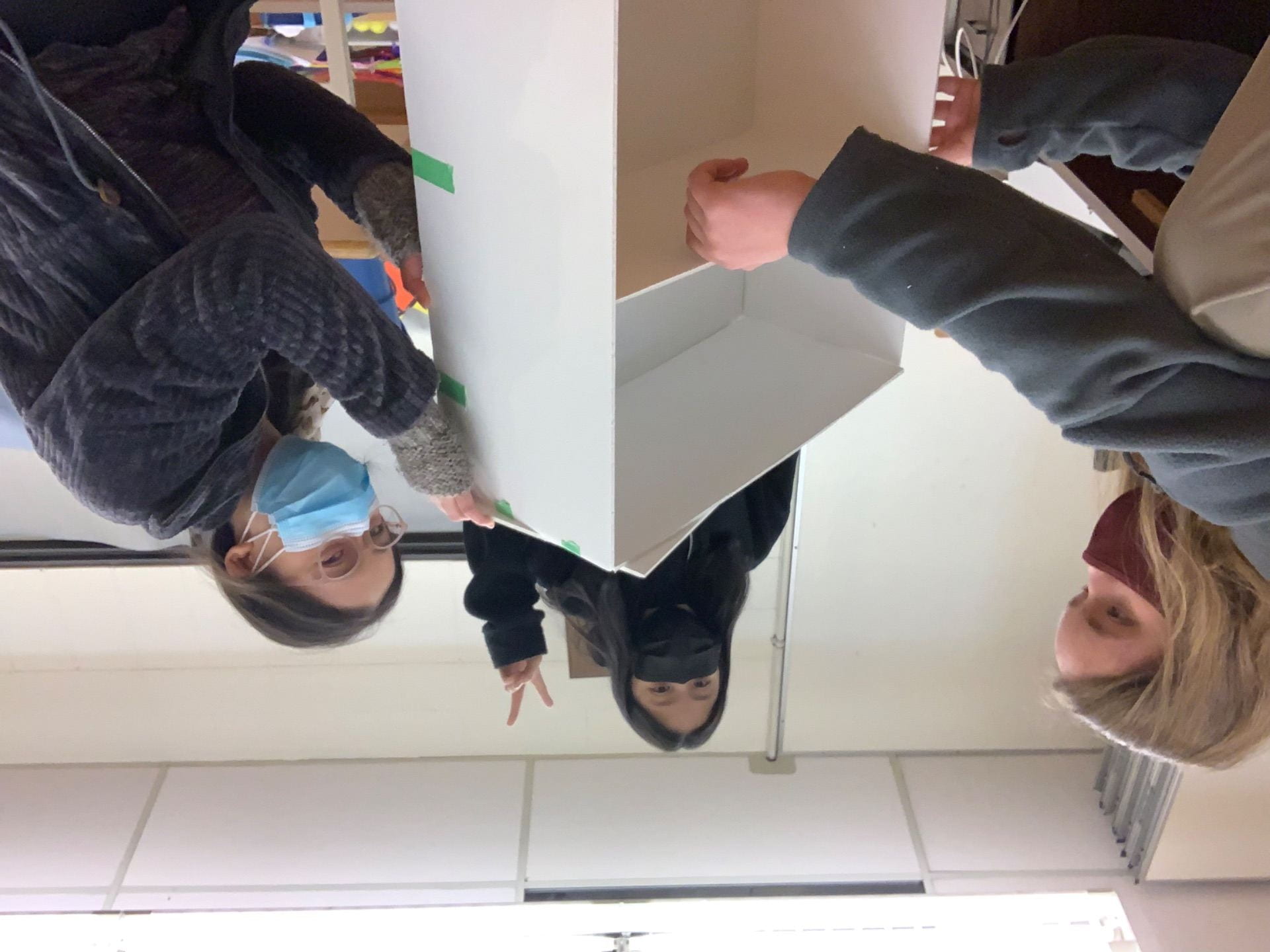


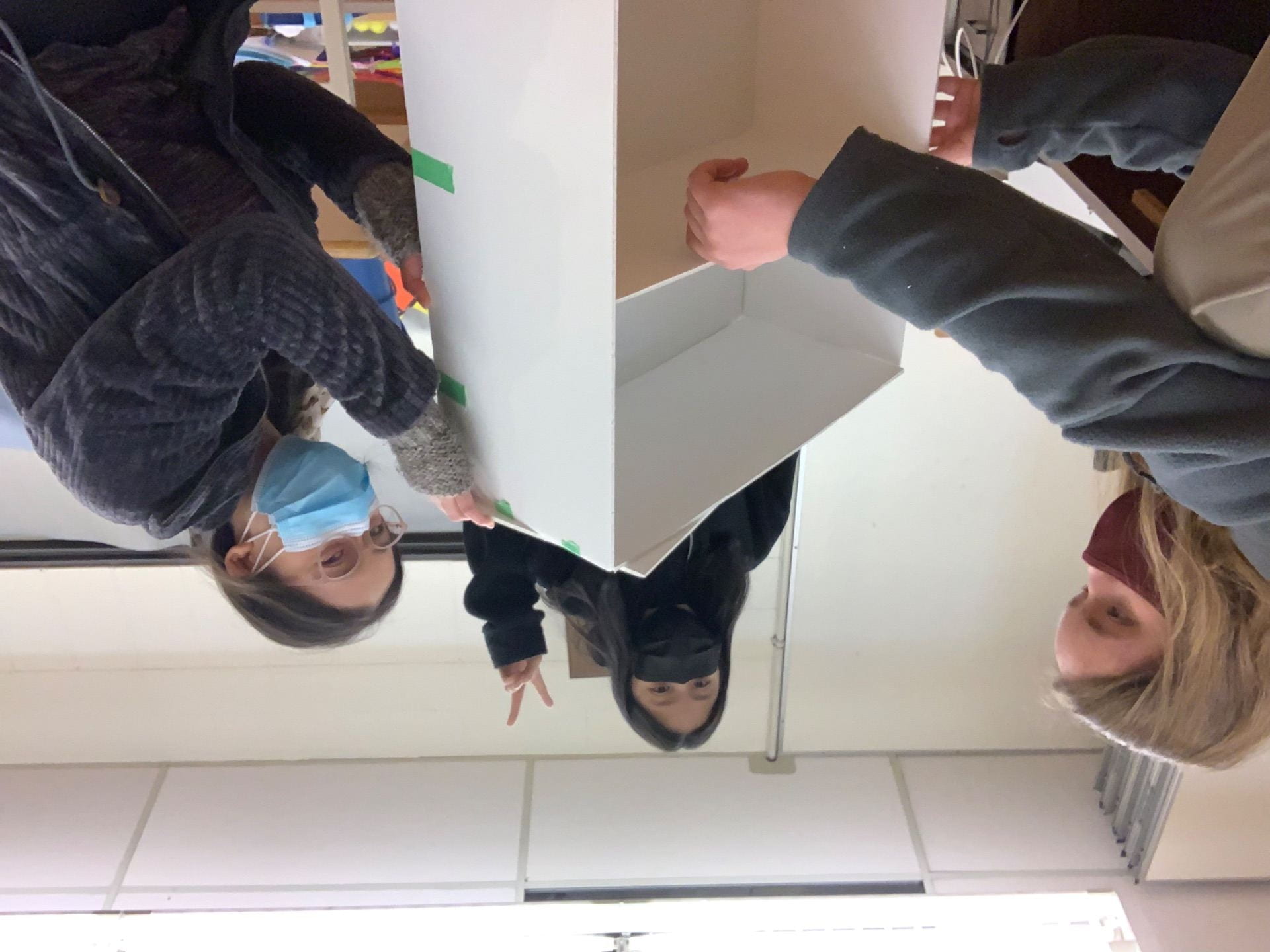










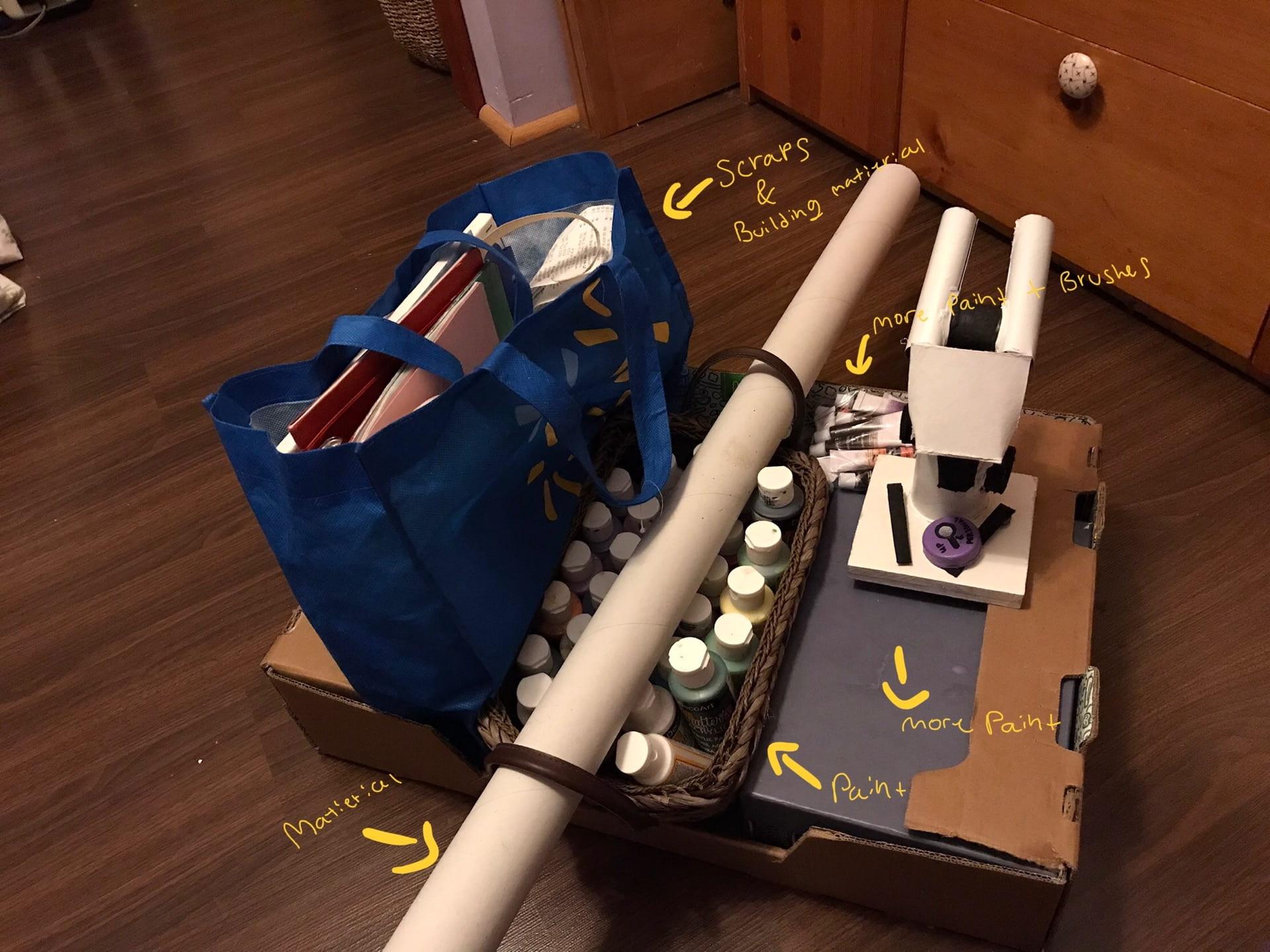




















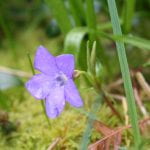
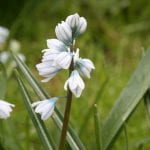

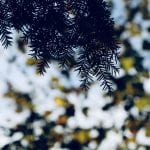




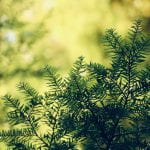







Leave a Reply